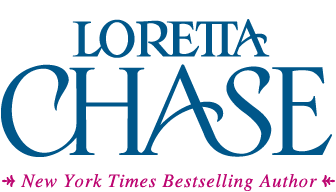Dear Readers,
Before we take a break for the holidays, please let me acknowledge the many gifts you have given me.
Your encouraging messages cheered me while I struggled with an uncooperative book. OK, sometimes you cracked the whip a little, but very gently and kindly.
When Ten Things I Hate About the Duke finally reached booksellers on 1 December, you spent your hard-earned money for print, eBook, and/or audio.*
Then, having read the story, you sent Attagirl messages—so many that I’m still trying to answer them all, one of the nicest jobs an author can ask for.
Thank you!
And on this happy note, I shall subside for a time. I’ll be taking a break from social media until after the New Year. Then there will be more blog posts, but not quite the barrage you’ve received this month. Meanwhile, I’ll be working on Blackwood and Alice’s story.
Dear Reader, I wish you the happiest of holidays, enjoyed with abundant good spirits and good health. See you in 2021!
*And yay! Kate Reading, for the brilliant job she does, giving voice(s) to my stories.
Flower photos taken at the beautiful Atlanta Botanical Garden.

